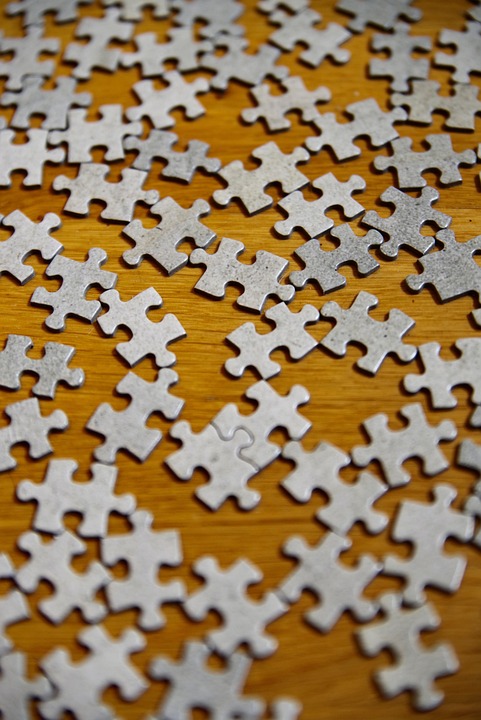Creating Your Own Puzzle Game: Tips for Aspiring Game Developers
In the ever-evolving world of gaming, puzzle games have carved out a niche that captivates millions. If you have a knack for creativity and an interest in game development, creating your own puzzle game could be the perfect endeavor. This article will provide you with essential tips, trends, and resources as you embark on your game development journey.
Understanding the Puzzle Game Landscape
Why Puzzle Games?
Puzzle games are highly popular for several reasons:
- Engagement: They offer players a mental challenge that keeps them coming back.
- Variety: From match-three classics to intricate brainteasers, the genre is incredibly diverse.
- Accessibility: Many puzzle games are easy to learn but hard to master, appealing to a broad audience.
According to a report by Newzoo, the mobile gaming market is projected to generate over $170 billion by 2025, with puzzle games being a significant contributor. This statistic illustrates the lucrative potential of developing your own puzzle game.
Identifying Your Niche
What Type of Puzzle Game Will You Create?
Choosing a specific niche for your puzzle game is crucial. Here are some popular types to consider:
- Match-Three: Games like "Candy Crush" dominate this category, emphasizing pattern recognition and strategic planning.
- Logic Puzzles: These challenge players to think critically, much like Sudoku.
- Trivia Games: Combine knowledge with strategy to engage players in fun and informative gameplay.
Example: If you enjoy logic puzzles, consider developing a game that incorporates Sudoku elements but adds a unique twist, like themed blocks or time constraints.
Designing Your Game
Core Gameplay Mechanics
Your puzzle game needs engaging mechanics. Consider these fundamental components:
- Objectives: Clearly define what players need to accomplish. This could involve matching colors, solving riddles, or completing levels.
- Difficulty Progression: Start simple, then increase complexity to keep players engaged. A common strategy is to introduce mechanics gradually to ease players into complex gameplay.
- Rewards System: Incorporating rewards—like power-ups or new levels—can motivate continued play.
User Interface and User Experience
Invest time into designing an intuitive user interface (UI). The following elements are vital:
- Visual Appeal: Use vibrant colors and animations to attract players. Aesthetics play a significant role in user retention.
- Navigation: Ensure that your game is easy to navigate. Players should never feel lost or overwhelmed.
Testing and Feedback
The Importance of Playtesting
Before launching, it’s crucial to conduct extensive playtesting:
-
Gather Feedback: Engage potential players to get feedback on gameplay and mechanics. Ask questions such as:
- Is the difficulty balanced?
- Are there aspects that frustrate or bore you?
- Iterate: Successful games often go through multiple iterations based on user input. Don’t be afraid to pivot or tweak your game based on feedback.
Marketing Your Puzzle Game
Pre-launch Strategies
Once your game is polished and ready, focus on marketing:
- Social Media: Build anticipation by sharing development updates, sneak peeks, or beta invitations on platforms like Instagram, Twitter, and TikTok.
- Influencer Partnerships: Partner with gaming influencers to reach a wider audience. Their followers often trust their opinions on new games.
Identifying Your Audience
Understanding your target audience is critical. Conduct surveys or engage in community forums to gauge interest in your game concept. Tailor your marketing strategies to the demographic that your puzzle game targets.
Conclusion: Bringing Your Puzzle Game Vision to Life
Creating your own puzzle game can be an incredibly rewarding experience. By understanding the market, honing your design skills, and engaging your audience, you can develop a game that captivates players.
To deepen your knowledge, check out these articles on buzzo.live:
For further insights, explore external sources such as Gamasutra and Game Developer for industry trends and expert tips.
By following these guidelines and harnessing your creativity, you can embark on an exciting journey into the world of puzzle games and make your mark in the gaming industry. Happy developing!
Suggested Images:
-
Image 1: A vibrant screenshot of a puzzle game in action.
- Alt Text: Engaging gameplay in a puzzle game.
- Image 2: A design mockup of user interface elements for a puzzle game.
- Alt Text: User interface design for a new puzzle game.
By implementing these strategies, you’ll optimize your article for SEO while providing valuable insights to aspiring game developers interested in crafting their own puzzle games.


